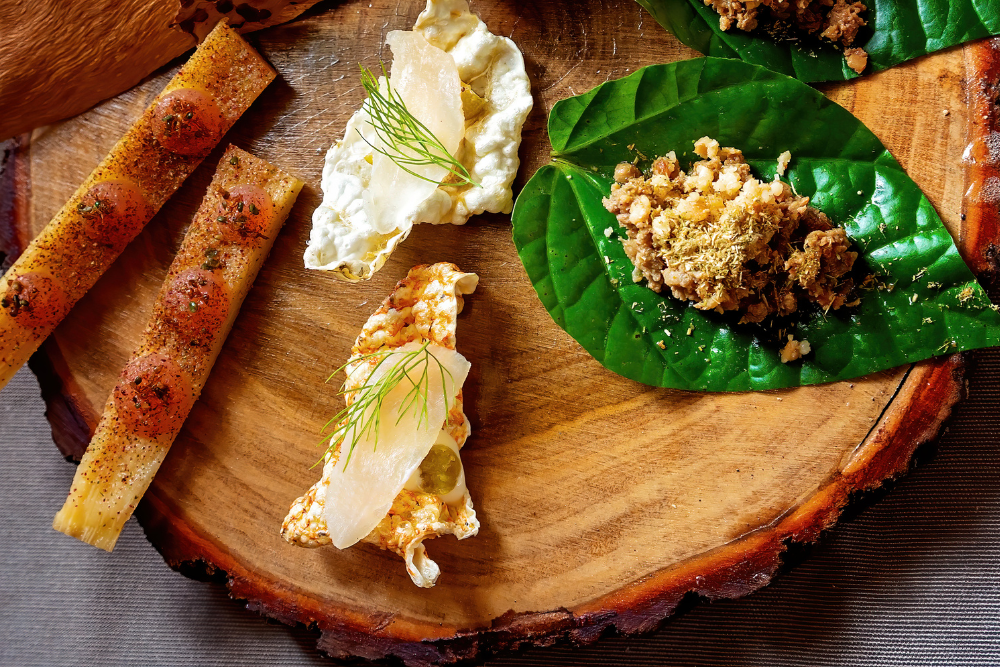Australia’s food culture is diverse, with influences from various immigrant groups, but at its heart lies bush tucker, the traditional food of Australia’s Indigenous peoples. Bush tucker refers to the plants, animals, and natural resources that Aboriginal and Torres Strait Islander peoples have used for thousands of years. These ingredients not only form an essential part of Indigenous culture but also offer a unique and sustainable way of experiencing Australia’s natural bounty.
Whether you’re a food lover or simply curious about Australian heritage, tasting bush tucker offers a rich and memorable experience. Here’s a guide to some of the best ways to experience this fascinating cuisine.
1. Native Australian Ingredients to Try
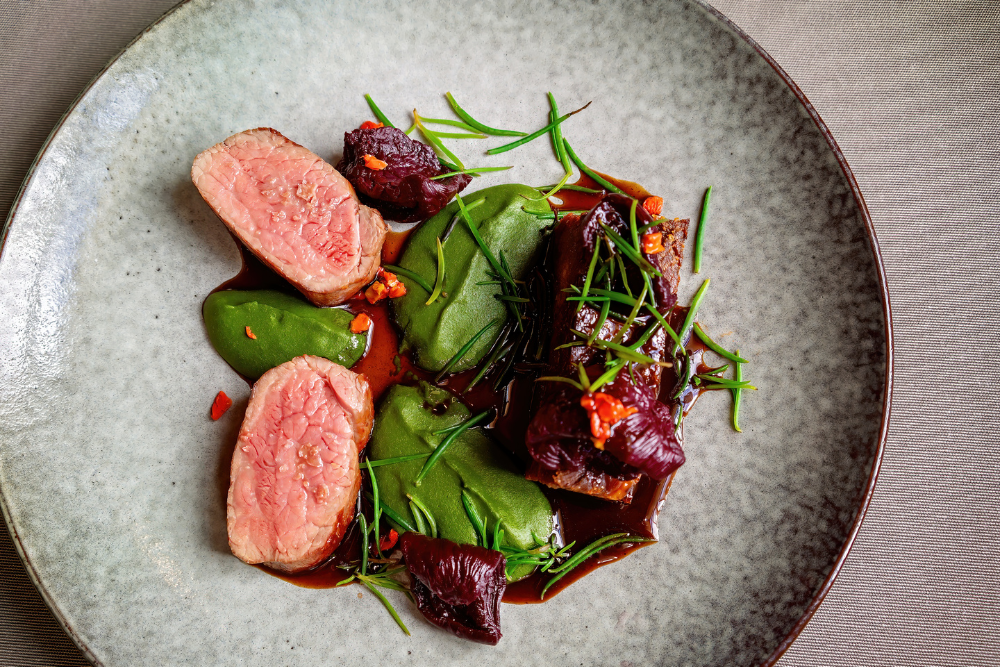
Before delving into where to find bush tucker, it’s important to familiarize yourself with some of the key native ingredients used in traditional Australian cuisine. Many of these foods may seem unusual, but they offer deep cultural and nutritional significance.
- Wattleseed: Ground into flour, wattleseed has a nutty flavor and is often used in breads, cakes, or sauces.
- Bush Tomato: A small, dark purple fruit with a strong, earthy flavor. It’s often used in sauces, chutneys, and soups.
- Finger Lime: Resembling a small cucumber, the finger lime has a tart citrus flavor and is perfect for garnishing dishes or adding to cocktails.
- Kangaroo: A lean, high-protein meat often used in steaks or stews, kangaroo is known for its gamey taste and sustainability.
- Emu: This large, flightless bird is often cooked in stews or sausages and has a rich, gamey flavor.
- Bush Tomato: Also known as desert raisin, this tiny, bitter fruit grows in the Australian outback and is often used in sauces and chutneys.
- Quandong: A tart, bright red fruit used in pies, jams, and sauces.
- Macadamia Nut: Native to Queensland, macadamia nuts are a prized snack or ingredient in cooking.
2. Traditional Bush Tucker Tours and Experiences
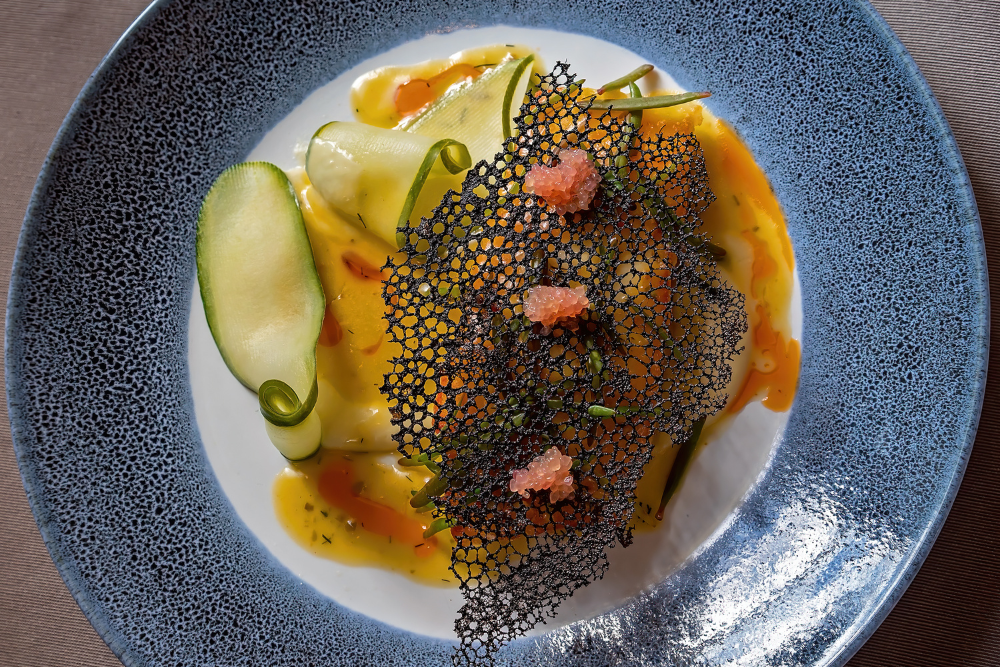
To truly understand bush tucker, there’s no better way than by participating in guided tours and immersive experiences led by Indigenous hosts. These experiences offer valuable insights into how Aboriginal people sourced and prepared food from the land.
Kakadu National Park (Northern Territory)
Kakadu, a UNESCO World Heritage-listed park, is one of Australia’s best places to explore bush tucker. Aboriginal guides often offer bush food walks where you’ll learn about native plants and traditional cooking techniques. Participants can forage for ingredients like bush bananas and saltbush, while guides explain their medicinal and nutritional properties.
- Where to try: Look for Bininj tours at Kakadu to experience authentic bush tucker walks.
Tasting Tours in the Outback
In the Red Centre, the heart of the Australian Outback, you can join bush tucker tasting tours that take you deep into Aboriginal culture and food. These tours often include demonstrations on how to gather and prepare food from the wild, and you’ll be able to taste things like kangaroo, bush tomatoes, and even witchetty grubs—a traditional source of protein.
- Where to try: Visit Alice Springs Desert Park for an immersive experience. They offer tours focusing on Aboriginal culture, where you can sample native foods and learn about the significance of each ingredient.
Sydney’s Indigenous Food Experiences
Sydney, one of Australia’s largest cities, also offers opportunities to explore bush tucker. Several Aboriginal-run tours are available that teach you about the city’s native food sources, which include coastal plants and seafood.
- Where to try: The Australian Museum offers a range of interactive exhibitions on Aboriginal culture, and Sydney Harbour National Park hosts Indigenous food and cultural tours. Alternatively, look for indigenous restaurants like Mezzapica in Redfern, which incorporate native ingredients into contemporary dishes.
3. Restaurants Offering Bush Tucker-Inspired Dishes
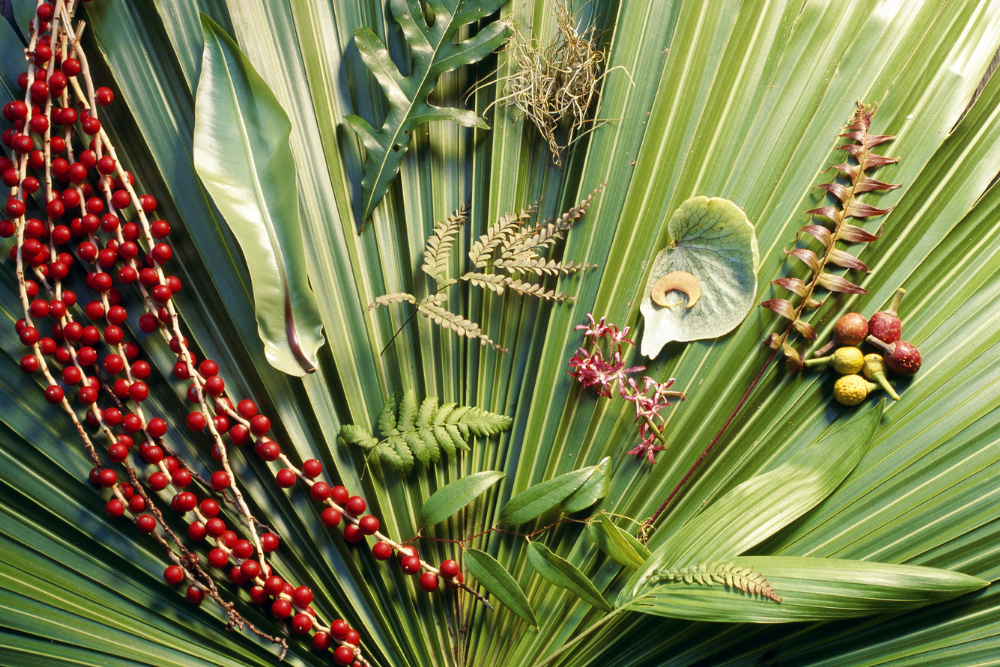
While traditional bush tucker is deeply embedded in Indigenous cultures, in recent years, many Australian chefs have embraced these ingredients in fine dining. Restaurants across Australia now serve contemporary dishes that use native produce to highlight the unique flavors of the land.
Chef’s Hat Restaurants in Melbourne
Melbourne has become a hotspot for innovative restaurants that offer bush tucker-inspired menus. Many chefs experiment with native ingredients like wattleseed, finger lime, and kangaroo in a modern, fine dining context.
- Where to try: Attica (in Ripponlea) offers an iconic, modern interpretation of bush tucker with dishes featuring native Australian ingredients. Expect dishes like kangaroo with finger lime or wattleseed ice cream.
Wildflower – Perth
Wildflower, in Perth, is another excellent restaurant that celebrates native Australian flavors. The restaurant’s menu features ingredients such as saltbush, bush tomato, and native honey in a contemporary setting, bringing bush tucker into the fine dining world.
- Where to try: Wildflower, one of Perth’s top-rated restaurants, offers seasonal menus that highlight native Australian ingredients in unique and creative ways.
4. Cooking Classes and Workshops
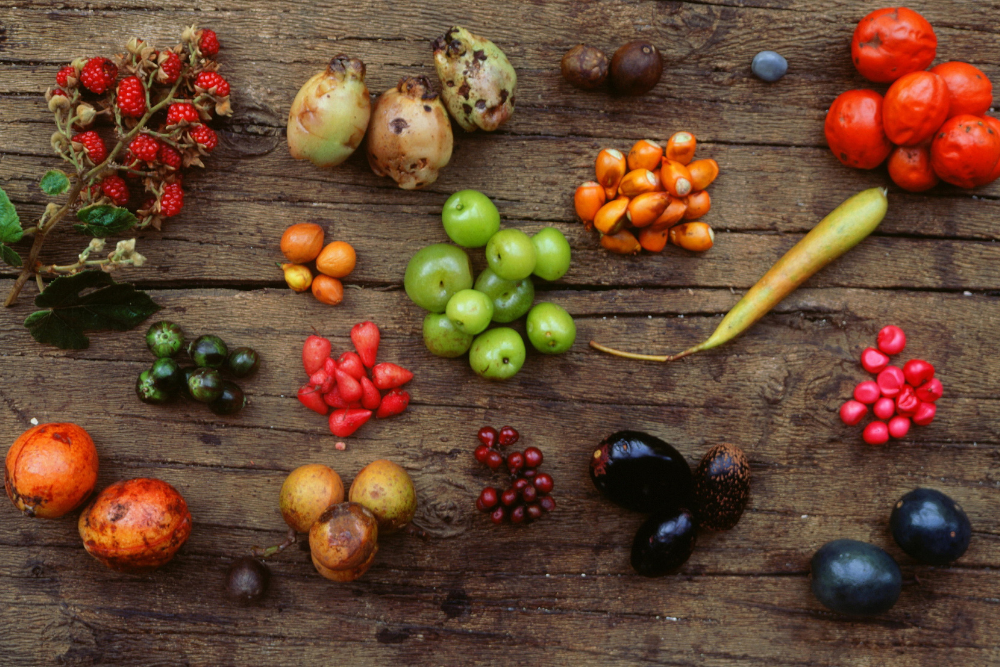
If you’re eager to take bush tucker home with you, participating in a cooking class or workshop is a fantastic way to learn how to prepare traditional Indigenous dishes. These workshops offer hands-on experiences where you can cook with native ingredients and learn cooking techniques that have been passed down for generations.
Bunjil’s Cafe – Melbourne
At Bunjil’s Cafe in Melbourne, Indigenous chefs host cooking classes that showcase bush tucker ingredients. The cafe itself serves a variety of bush-inspired dishes, and the classes will guide you through making your own bush tucker-inspired meals.
- Where to try: Check out Bunjil’s Cafe or The Cooking School at Currumbin in Queensland, which offers in-depth classes on bush tucker cooking.
5. Bush Tucker in the Wild: Self-Guided Experiences
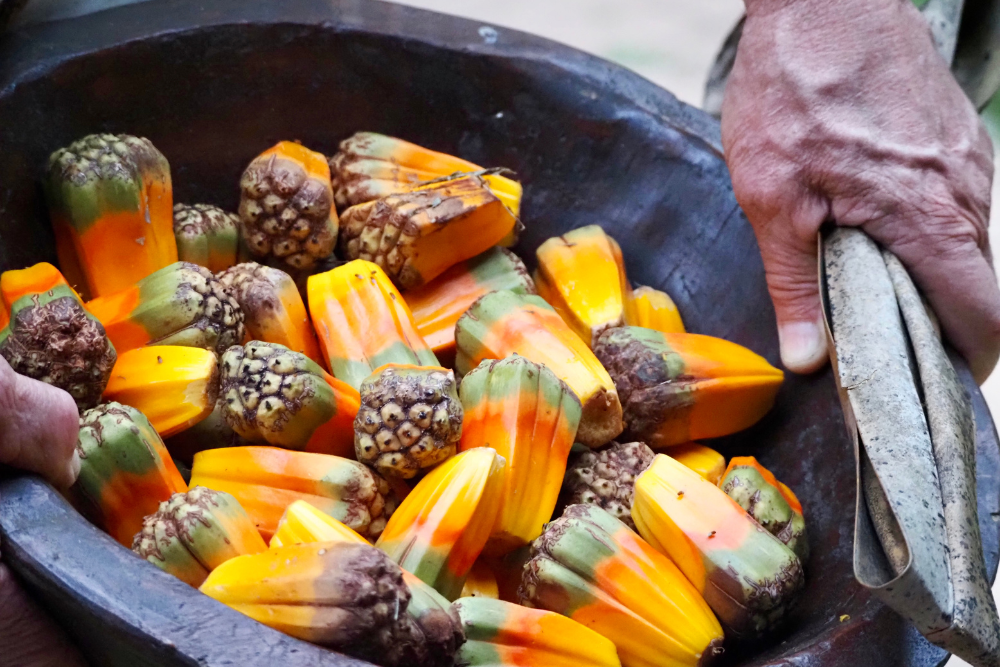
For those adventurous enough to venture into the wild, many remote regions of Australia offer opportunities for self-guided bush tucker experiences. While this may require some preparation and knowledge of the land, you can find edible native plants, fruits, and meats in national parks and conservation areas.
- Where to try: Areas like Cape York Peninsula, the Kimberley, and Kakadu National Park have abundant wild food sources. Always be cautious and make sure you are well-versed in identifying edible plants or travel with a knowledgeable guide.
Conclusion: Embrace Australia’s Culinary Heritage
Exploring Australia’s traditional bush tucker isn’t just about trying unique ingredients—it’s a way to understand the deep connection between the land, the people, and their food. Whether you’re tasting kangaroo in a fine dining restaurant, foraging for wild fruits in the Outback, or joining a cultural tour led by an Aboriginal guide, these experiences offer a deeper appreciation of Australia’s rich Indigenous heritage.
So, next time you’re in Australia, consider experiencing bush tucker, not just for the flavors, but for the stories and culture behind each bite.



